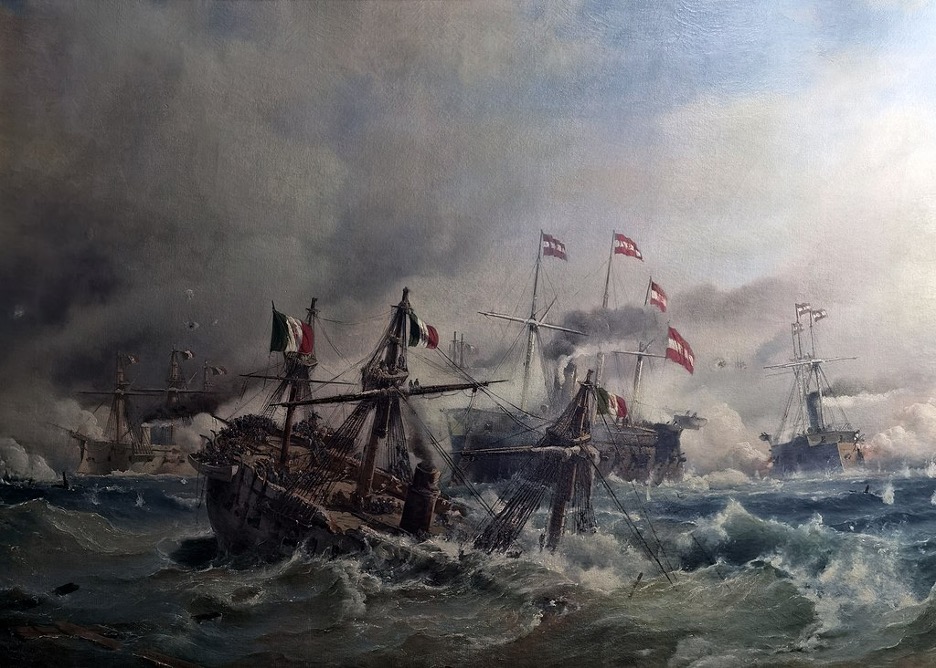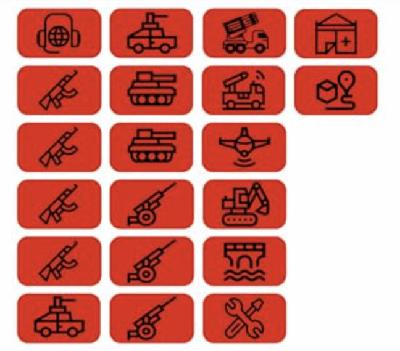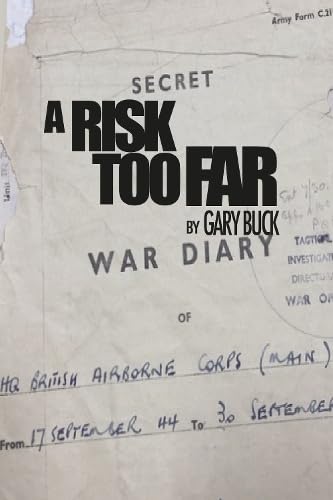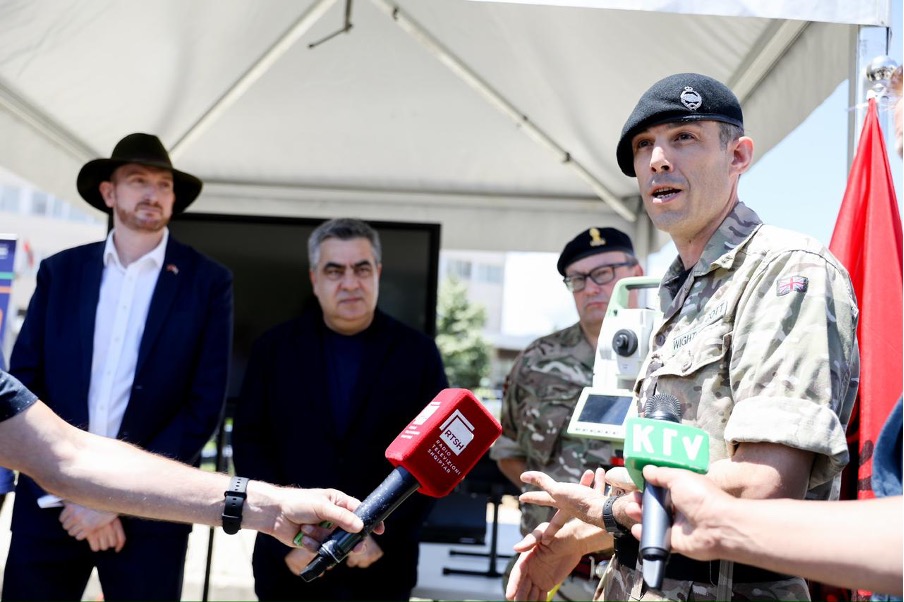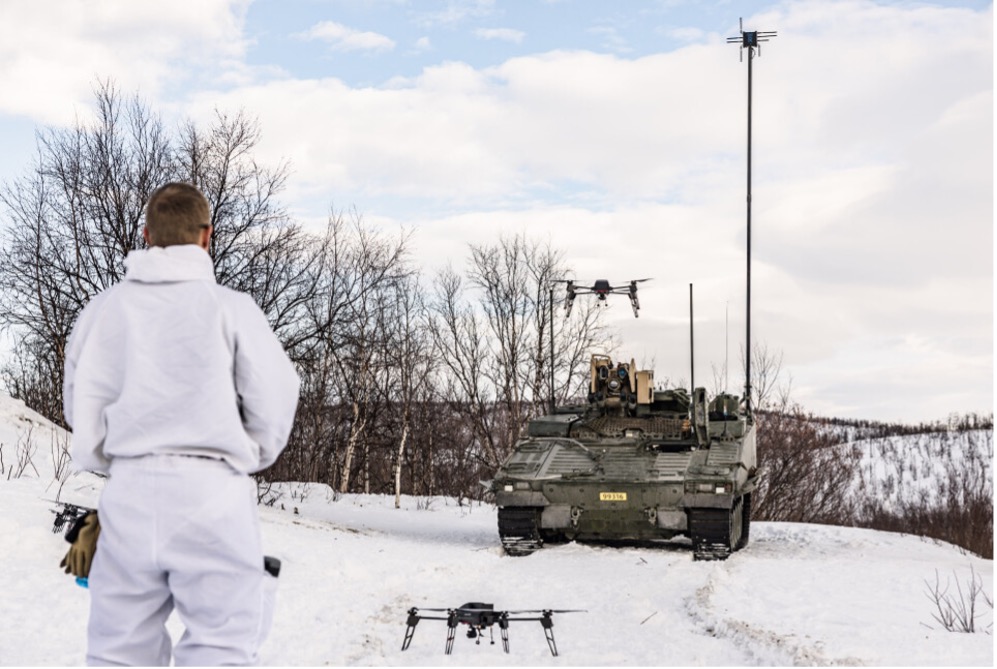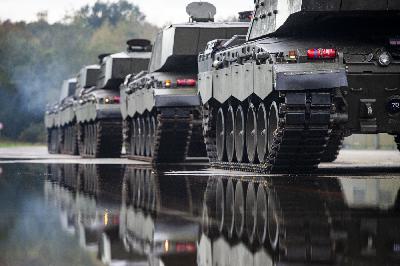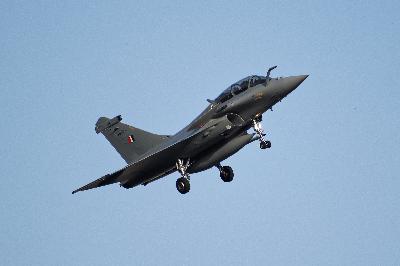Lessons from the 1866 Battle of Lissa
Update: 2025-07-30
Description
The U.S. Navy faced multiple threats in an emerging technology environment. The past two years have offered many lessons about the efficacy of anti-ship ballistic missiles and unmanned platforms and we must identify and learn them. The lessons from Ukraine and Yemen are shaping fleet design for the next generation. Understanding the context of the lessons from the conflicts is crucial. What can the Battle of Lissa tell us?
In 1866, the navies of Austria and Italy fought near the island of Vis. Cutting the story short, the Austrians attacked in formations designed to aggressively ram the Italian ships, winning the battle despite an inferior status. The lessons of Lissa would impact naval design for the next 50 years. Before the Battle navies believed in the big gun. After Lissa navies were copying the Austrians and adding rams to new ships and developing ram-based tactics.
But the lesson was wrong and the torpedo was the future.
As modern navies prepare for future conflict, it is important to understand the context of lessons, or risk drawing faulty conclusions.
Past as Prologue
For nearly 150 years, from De Ruyter until Nelson, naval tactics were static. Wooden ships fought each other with broadsides. Technical innovations squeezed more efficiency at the margins. Copper sheathing improved ships' maneuverability with additional speed. The carronade increased the lethality of a ship's broadside while decreasing cannon weight. These technological advances did not change the general tactic of pummeling ships with cannon broadsides.
The 19th century was an age of technological revolution and emerging technology. In 1807, Robert Fulton tested his first steamboat in New York. This technology would continue to develop throughout the century. The steam engine revolutionized naval warfare because ocean-going warships were no longer beholden to the wind for maneuver. Developments in artillery meant that cannons were capable of firing explosive shells on flat trajectories to destroy wooden-hulled warships.
By the 1840s, France and Britain sold these weapons to any nation that had the coin for them. Even the Republic of Texas Navy employed explosive shells fired from cannons. Explosive shells were great equalizers in naval combat. Armored warships appeared in the 1850s to counter improved artillery. France was the first nation to use armored warships during the Crimean War. Armored ships were impervious to the explosive shells of the age.
The naval question of the second half of the 19th century was how to defeat armored vessels while naval guns improved sufficiently to threaten armored warships. The see-saw between warships' armor and artillery lasted until the end of the battleship era.
Ramming
Austria, Prussia, and Italy fought a war in 1866. Most historians know the War of 1866 as the Austro-Prussian War, but in Italy it is known as the Third Italian War of Unification. Ashore, the Austro-Prussian War was decided at the battle of Sadowa (Königgrätz). In Italy, Austria defeated the Italian army at Custozza again and at sea at Lissa.
The Austrians were commanded by Admiral Wilhelm von Tegetthoff. His officers all understood his battle plans and they had painted their ships different colours to help identification. Although Tegetthoff's ships were smaller and carried smaller guns they would attempt to break the Italian line with three V-shaped formations. The first V composed his ironclads, the second V composed his large steam frigates, and the third V composed the fleet's smallest ships.
Just before the battle the Italian commander, Admiral Persano shifted his flag to another ship. This caused tremendous confusion in the Italian Fleet because the shift was not planned for. Italian commanders looked to the old flagship for leadership and direction but found none.
Tegetthoff's fleet broke the line in two places. The first V, led by Tegetthoff, engaged the central portion of the fleet. The second V of unarmoured ships broke the line n...
In 1866, the navies of Austria and Italy fought near the island of Vis. Cutting the story short, the Austrians attacked in formations designed to aggressively ram the Italian ships, winning the battle despite an inferior status. The lessons of Lissa would impact naval design for the next 50 years. Before the Battle navies believed in the big gun. After Lissa navies were copying the Austrians and adding rams to new ships and developing ram-based tactics.
But the lesson was wrong and the torpedo was the future.
As modern navies prepare for future conflict, it is important to understand the context of lessons, or risk drawing faulty conclusions.
Past as Prologue
For nearly 150 years, from De Ruyter until Nelson, naval tactics were static. Wooden ships fought each other with broadsides. Technical innovations squeezed more efficiency at the margins. Copper sheathing improved ships' maneuverability with additional speed. The carronade increased the lethality of a ship's broadside while decreasing cannon weight. These technological advances did not change the general tactic of pummeling ships with cannon broadsides.
The 19th century was an age of technological revolution and emerging technology. In 1807, Robert Fulton tested his first steamboat in New York. This technology would continue to develop throughout the century. The steam engine revolutionized naval warfare because ocean-going warships were no longer beholden to the wind for maneuver. Developments in artillery meant that cannons were capable of firing explosive shells on flat trajectories to destroy wooden-hulled warships.
By the 1840s, France and Britain sold these weapons to any nation that had the coin for them. Even the Republic of Texas Navy employed explosive shells fired from cannons. Explosive shells were great equalizers in naval combat. Armored warships appeared in the 1850s to counter improved artillery. France was the first nation to use armored warships during the Crimean War. Armored ships were impervious to the explosive shells of the age.
The naval question of the second half of the 19th century was how to defeat armored vessels while naval guns improved sufficiently to threaten armored warships. The see-saw between warships' armor and artillery lasted until the end of the battleship era.
Ramming
Austria, Prussia, and Italy fought a war in 1866. Most historians know the War of 1866 as the Austro-Prussian War, but in Italy it is known as the Third Italian War of Unification. Ashore, the Austro-Prussian War was decided at the battle of Sadowa (Königgrätz). In Italy, Austria defeated the Italian army at Custozza again and at sea at Lissa.
The Austrians were commanded by Admiral Wilhelm von Tegetthoff. His officers all understood his battle plans and they had painted their ships different colours to help identification. Although Tegetthoff's ships were smaller and carried smaller guns they would attempt to break the Italian line with three V-shaped formations. The first V composed his ironclads, the second V composed his large steam frigates, and the third V composed the fleet's smallest ships.
Just before the battle the Italian commander, Admiral Persano shifted his flag to another ship. This caused tremendous confusion in the Italian Fleet because the shift was not planned for. Italian commanders looked to the old flagship for leadership and direction but found none.
Tegetthoff's fleet broke the line in two places. The first V, led by Tegetthoff, engaged the central portion of the fleet. The second V of unarmoured ships broke the line n...
Comments
In Channel

